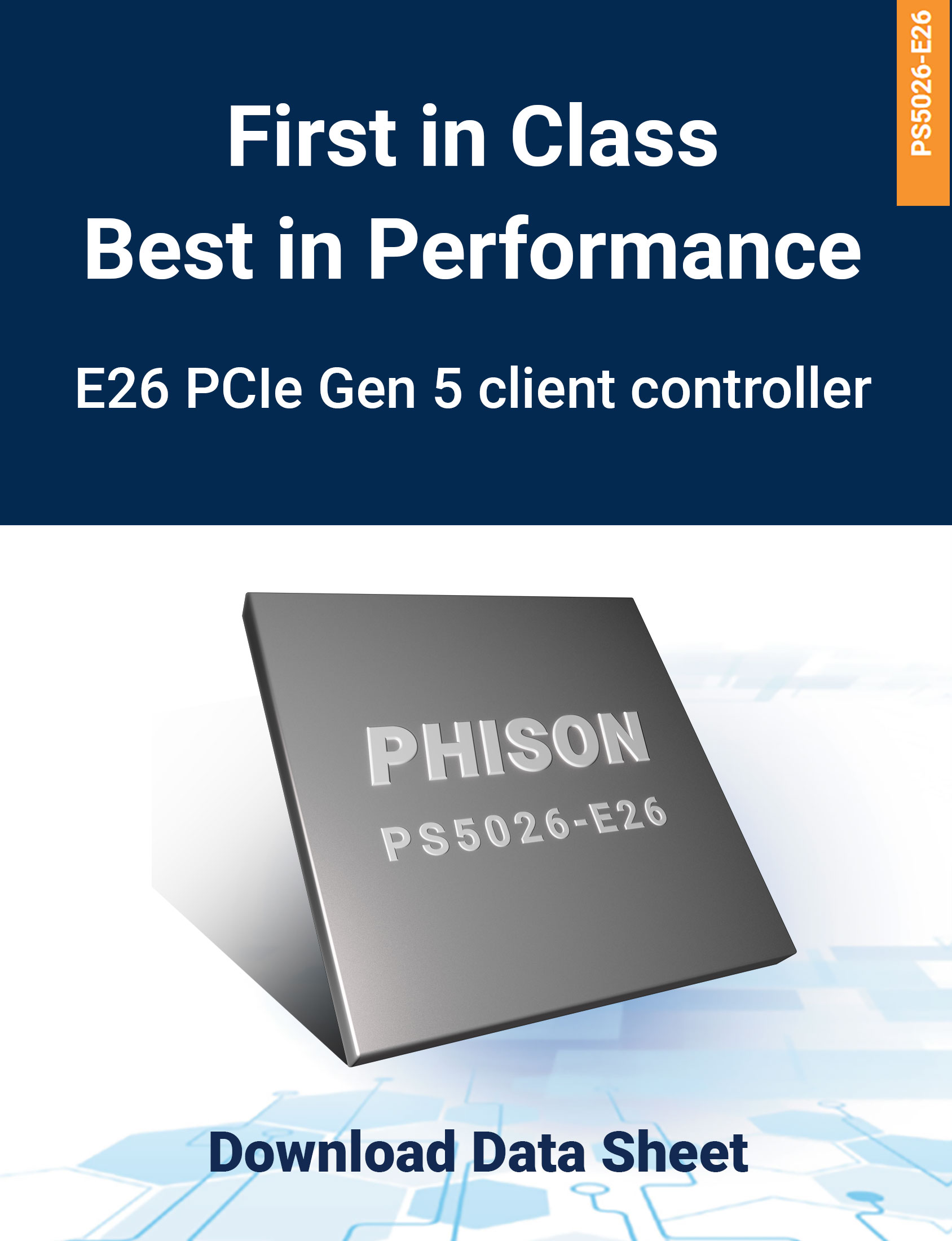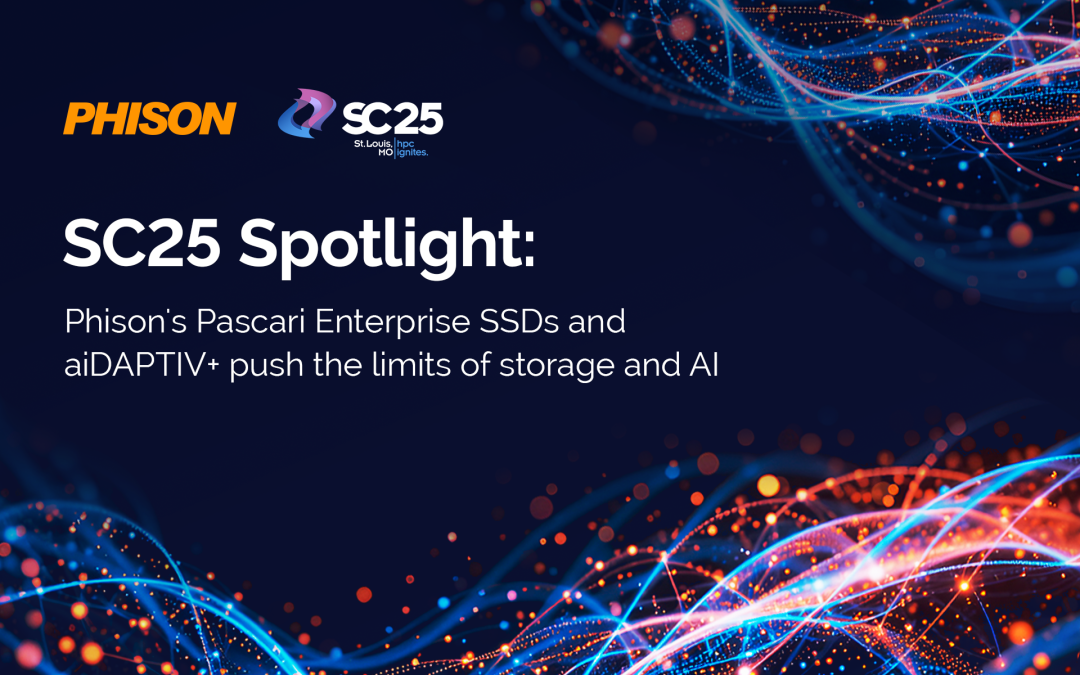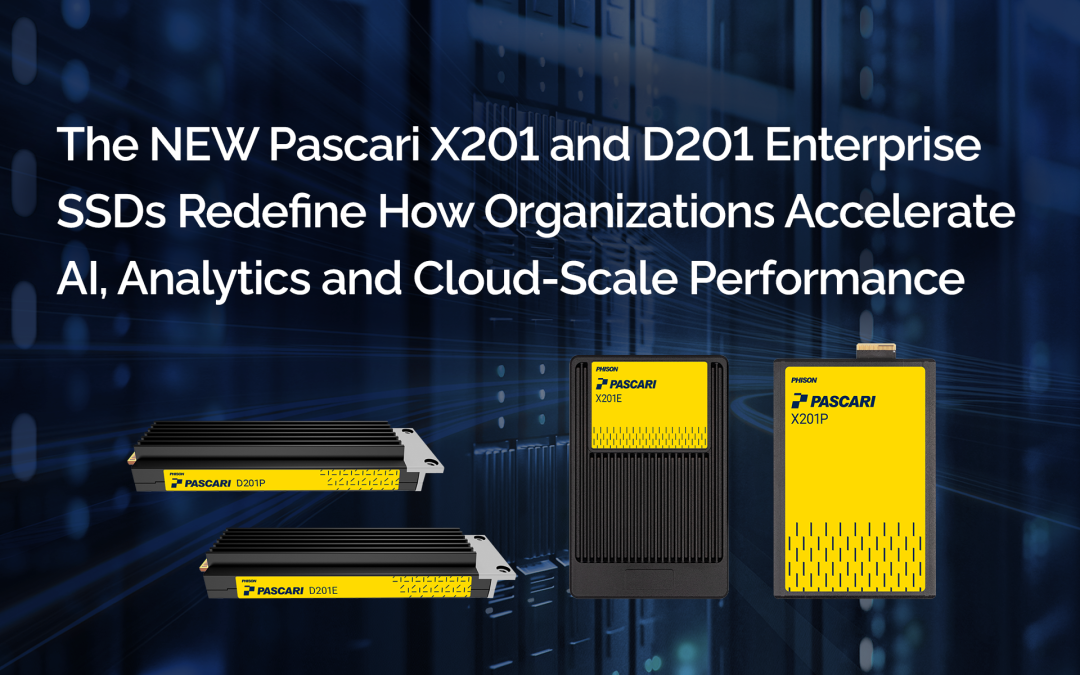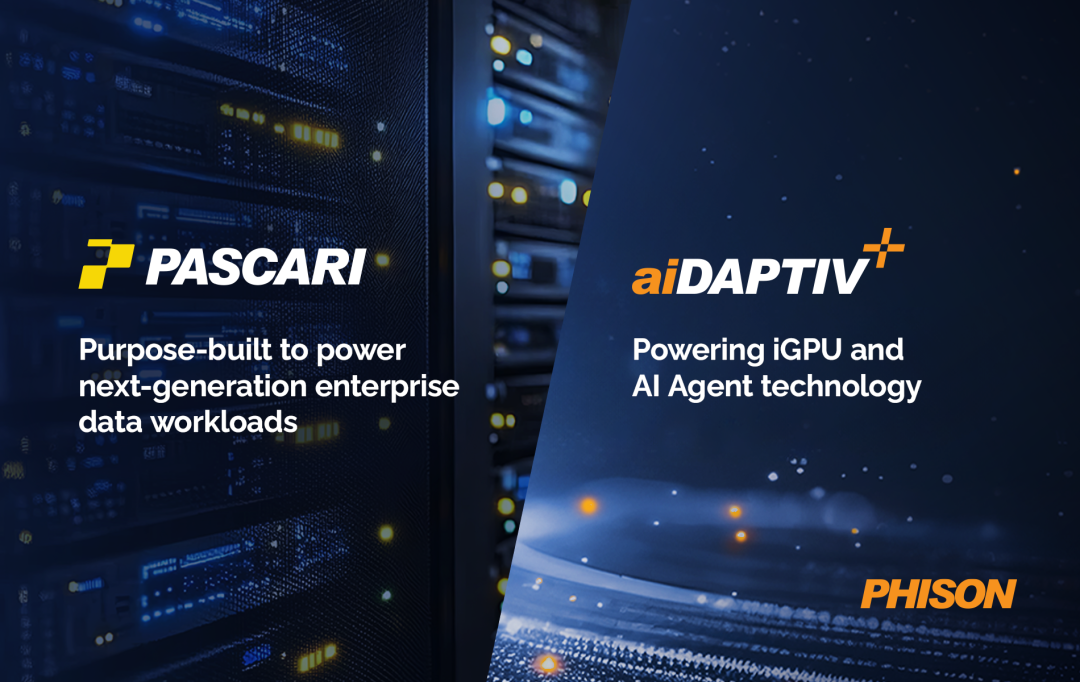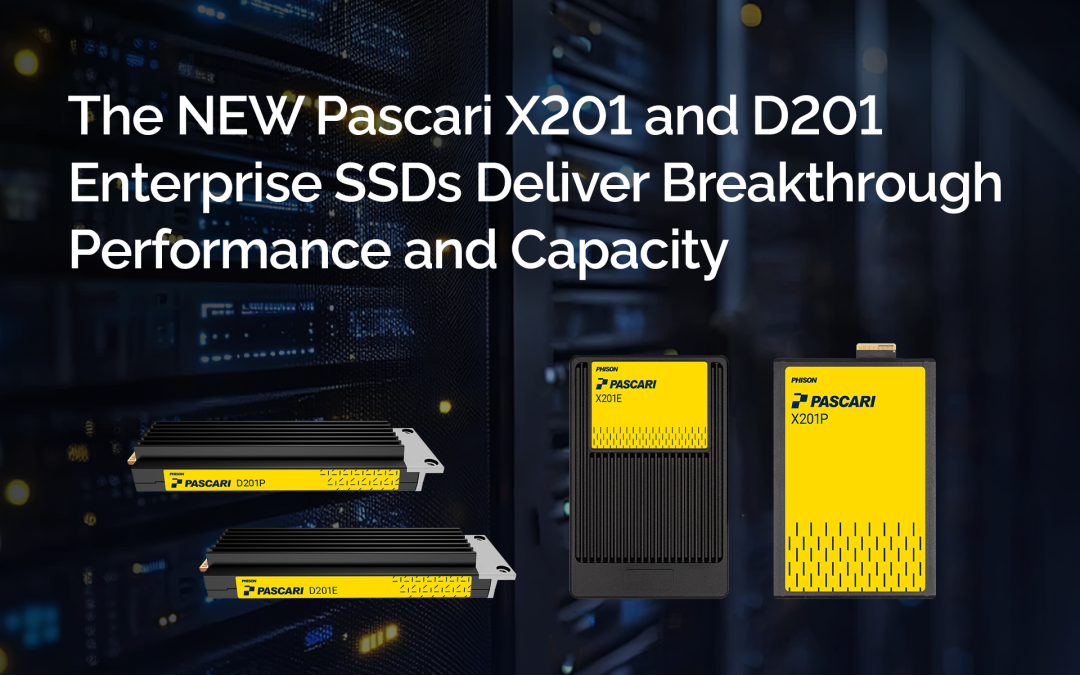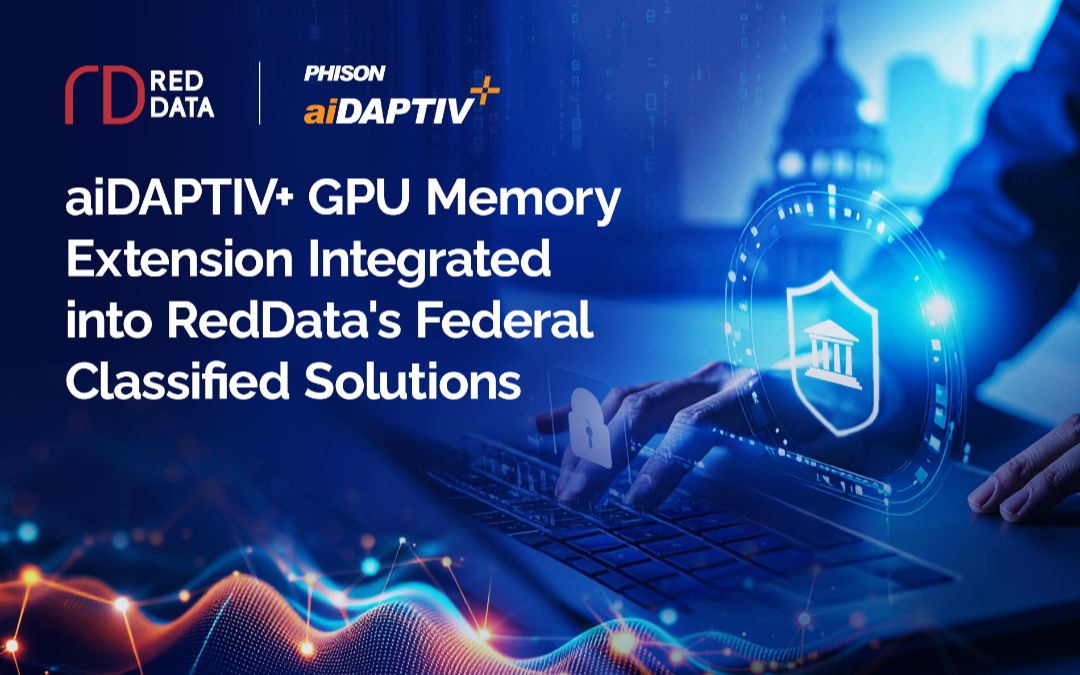Since the beginning of computing, memory and storage have been closely interlinked—but were never considered the same thing. As new technologies emerge and massive volumes of data enable complex workloads in the advancing areas of AI, machine learning, the Internet of Things and data analytics, the definitions have started to change.
Today, we’re seeing memory and storage solutions that aren’t as distinct as they used to be. The ever-evolving high performance and low latency of modern SSDs are beginning to change the rules.
The distinction between traditional memory and storage
In the past, memory and storage were explained like this:
Memory
Memory is where data is stored temporarily in your computer – in random access memory (RAM) chips. Modern computers use synchronous dynamic RAM (SDRAM), which tends to be faster, denser, and cheaper than standard RAM. In the late 1990s, the industry turned to Double Data Rate SDRAM, typically referred to simply as DDR, which has become virtually synonymous with RAM. As the technology improved, it was given numbers to distinguish the latest versions. Today, DDR4 is the most commonly used memory in advanced processors.
Memory contains the data that is currently being used in processing, such as the information in a Word document you’re creating or the content of a website you’re viewing. It’s on hand for super-quick and easy access. The more RAM you have, the more data you can store in this temporary location, which means you can multitask across a number of applications without issue. If you run out of RAM, your computer must access data from your permanent storage—which slows down your computer because retrieving data from a hard drive or solid-state drive takes longer than retrieving it from RAM.
Storage
Storage is where data is stored permanently – in your computer on a drive or in an attached device, such as a USB drive or external hard drive. Whenever you save your work, such as a Word document, the data is copied to storage from the RAM.
How they compare
We talk about memory and storage in some of the same ways—for instance, their capacities are both measured in bytes (or gigabytes, terabytes, etc.)—but they’re very different in how they store and retain data. RAM is extremely fast but it is also a lot more expensive than storage. Storage is slower to access data, but it’s cheaper than the same capacity of RAM.
Another difference between them is what happens to the data when the computer is powered off.
Volatile vs. non-volatile
RAM, or memory, is usually volatile, which means that data is stored there only when the computer is on and the operating system is operating. If your computer loses power or your OS crashes, that data is gone.
Storage devices, on the other hand, are usually non-volatile (also sometimes referred to as persistent), which means data isn’t erased or deleted when the computer loses power. What’s saved on your storage drive is there regardless of whether the system is off or on.
Flash storage is the most common type of non-volatile RAM (NVRAM). It differs from DRAM in that it is not an internal component of the computer system, it’s an external media. Flash can also handle must larger volumes of data than DRAM.
There’s always been the need to decide which tradeoffs you’re willing to handle: beef up RAM at great cost to enjoy the speedy performance, or get more cost-effective storage and deal with the slower data access.
Today, however, those tradeoffs aren’t as steep. Technology is beginning to bring memory and storage closer together than ever before.
SSD advancements could redefine memory vs. storage
As SSDs improve in speed and latency, they are beginning to get closer to memory-level performance. PCIe Gen 5 SSDs can deliver speeds of up to 14 GB/s and existing DDR4-memory also offers around 14 GB/s speeds per channel.
As Phison CTO Sebastien Jean said in an interview with StorageReview earlier this year, “This is the first time you have an SSD that can interact with the CPU at the same speed or in the same range of speeds as DDR.” He goes on to say that even Gen5 SSDs can’t match the ultra-low latency of DDR, but that there’s an interesting way SSDs can fulfill some memory needs.
“What Gen5 means both to the client and enterprise space,” said Jean, “is that the SSD is quickly becoming akin to a level three or level four cache, depending on which architecture you’re looking at. It’s quite a few steps away from the CPU, but it’s still in that crazy speed range the CPU expects from DRAM.”
By treating the SSD as a level four cache, Jean explains, the CPU architecture will migrate data from level four cache up to level one. As it does so, its cache lines get shorter and shorter, eventually aligning with DRAM granularity.
“You no longer need to put a ton of DRAM in a system to run AI and machine learning applications,” said Jean. And the price of SSDs compared to more expensive DDR memory makes a compelling argument. Say you can use an 8 TB SSD instead of 8 TB of DDR without sacrificing performance. That could be a savings of tens of thousands of dollars.
“You can work with a conventional SSD that’s running at those Gen5 speeds and you reap a huge benefit in cost reduction,” Jean said.
The future looks bright
While Gen5 SSDs are still cutting-edge, Gen6 is right around the corner with estimated drives shipping in 2025 or 2026. As SSDs continue to improve in speed and latency, they will also continue to get closer to the performance of DDR memory.
Some researchers from Lancaster University are also looking ahead to the idea of actually combining flash memory and storage into a single piece of hardware. They call the theoretical product UltraRAM and their paper “outlines how a new generation of memory, non-volatile and long-lasting for persistent data storage but fast enough to be used for random access tasks, could be built.”
In an article for ZDNet, author Robin Harris wrote “This is how the future is invented. Imagine a storage controller and medium that is almost as fast as the fastest DRAM … with a PCIe v7 or 8 capable of handling over 500 GT/s. That blurs the line between storage and memory.”
Phison offers cutting-edge SSDs for today’s complex needs
As an industry-leading developer and manufacturer of SSD controllers and solutions, Phison is uniquely poised to help further blur those lines between memory and storage. The company is set to release one of the first Gen5 SSDs, the Phison E26, which delivers the industry’s fastest speeds for today’s large and complex workloads.
Frequently Asked Questions (FAQ) :
How do modern Gen5 SSDs compare to DDR4 memory in performance?
Gen5 SSDs can achieve speeds up to 14 GB/s, matching the bandwidth of DDR4 memory per channel. While their latency is still higher than DDR4, their throughput enables them to function effectively as a lower-tier memory cache, especially in AI/ML workloads that prioritize bandwidth over minimal latency.
How does Phison’s E26 SSD enhance performance in enterprise environments?
The Phison E26, one of the first Gen5 SSDs, delivers record-breaking speeds ideal for high-throughput, latency-sensitive applications. It supports demanding workloads in AI, machine learning, and large-scale analytics with sustained performance and efficiency.
What is Phison’s approach to bridging the memory-storage gap?
Phison emphasizes controller-level innovation, tailoring firmware and hardware co-design to achieve low-latency, high-bandwidth storage. Its enterprise SSDs, such as the Pascari line, are engineered for specific applications—from boot optimization to AI acceleration.
What’s the significance of SSDs acting as L4 cache?
Treating SSDs as level four (L4) cache allows CPUs to access storage faster by migrating data across hierarchical caches (L1–L4), narrowing the gap with DRAM. This architecture improves data locality and system responsiveness for memory-intensive applications.
How might UltraRAM change the memory-storage landscape?
UltraRAM, still in development, promises a single device combining DRAM-like speed with flash-like persistence. If commercialized, it would eliminate the need to differentiate between memory and storage, simplifying architectures and improving efficiency.




